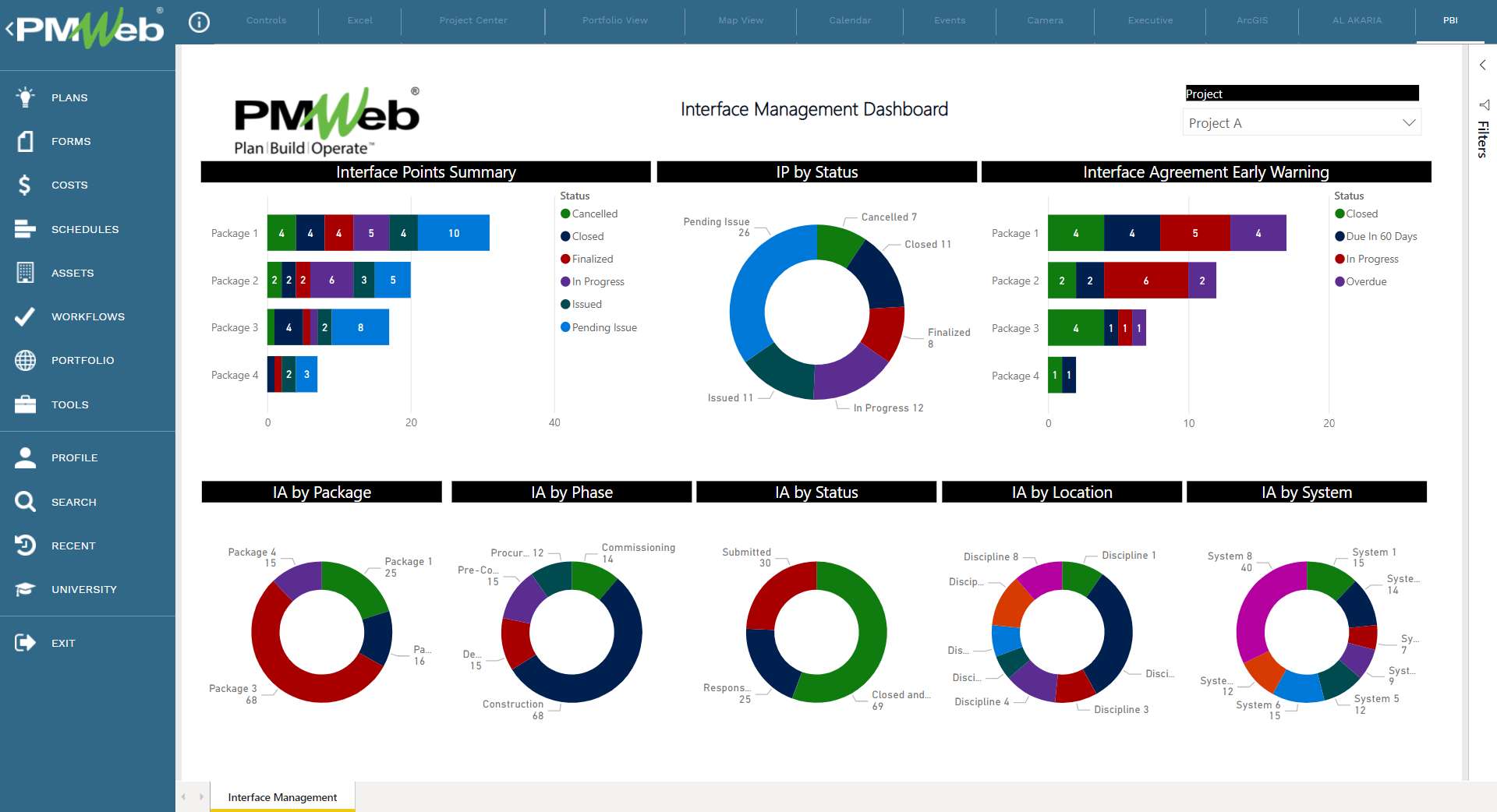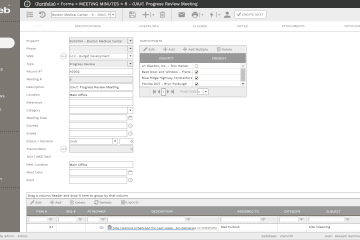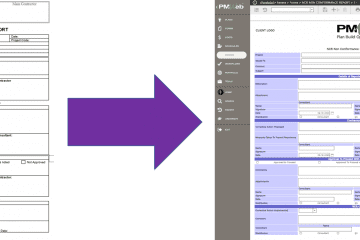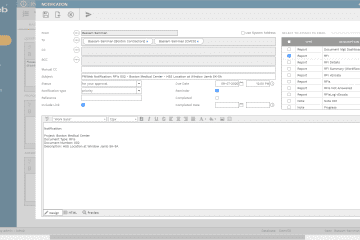In capital projects, have multiple prime contractors or bid packages to deliver the project’s scope of work is a very common project delivery practice. This enables the project owner to fast track the project’s delivery to shorten the project’s duration as well as eliminate the supervision and overhead allowance that the general contractor adds for scope of work that will be performed by other contractors. The risk of interfaces between those different contractually independent work packages remains between the contractors as this becomes part of their agreements. Nevertheless, the project owner and his authorized team need to ensure that those interfaces are planned, managed and completed as per the project’s agreements.
A Project Management Information System (PMIS) helps manage, monitor, evaluate and report on those interfaces. Using the project’s master schedule which integrates the CPM Schedules of all contractors ensures that all interface points are well defined. The interface point activities become part of the project schedule activities that are imported to PMWeb. This is important to ensure that the management of interface points are aligned with the project schedule.
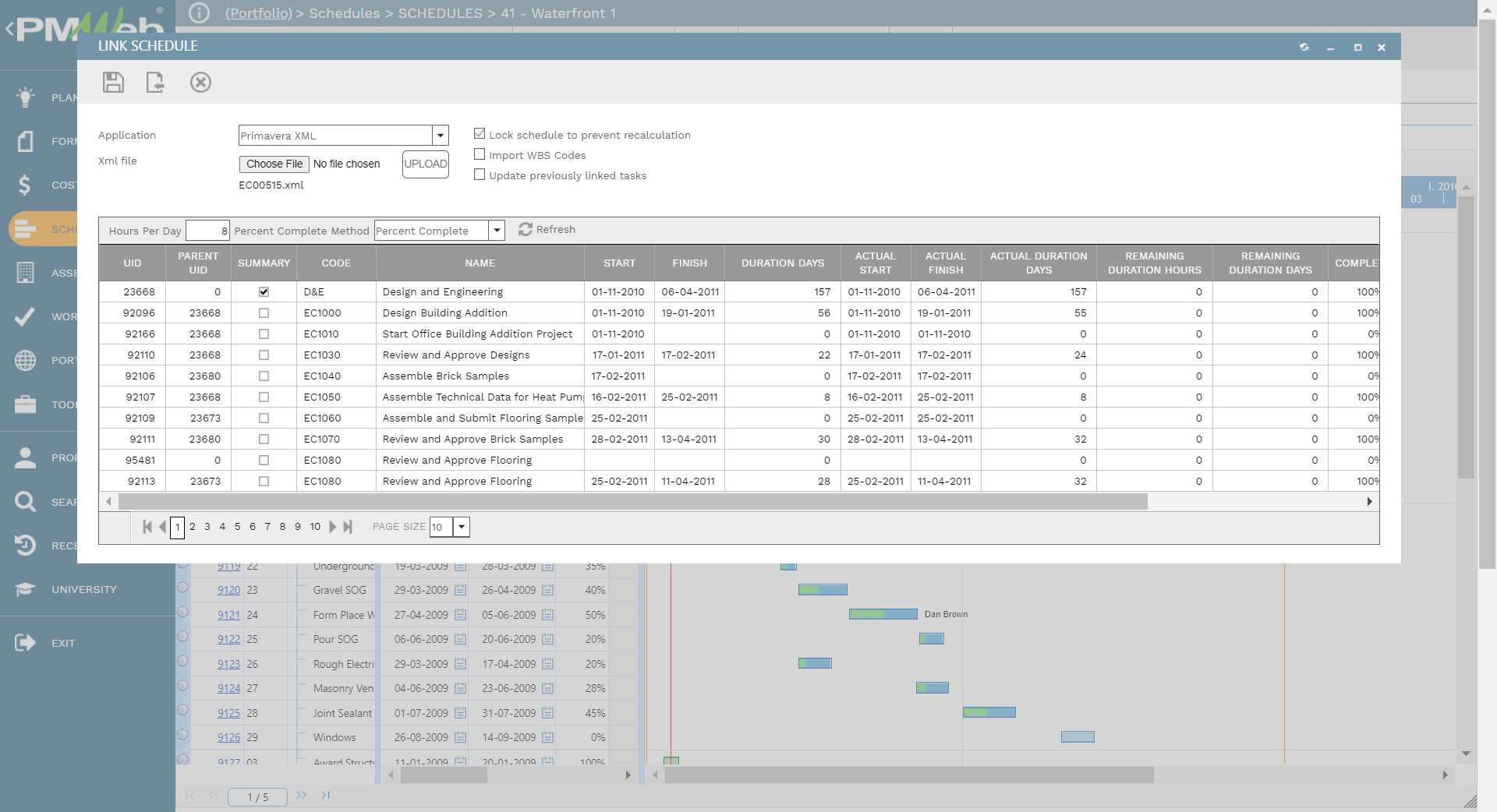
PMWeb custom form builder will be used to create the interface agreement (IA). This form will be the form to be used by the contractor who have an interface “Originating Party” with another contractor “Responding Party” to ensure that the completed works has been handover formally as per the project requirements. The design of the interface agreement form will be customized to meet the project’s specific requirements. Similar to all PMWeb modules, documents can be uploaded and attached to the Interface Agreement form as well as relevant PMWeb records can be linked. In addition, a workflow will be assigned to formalize the steps for submitting, reviewing and approving the Interface Agreement form.
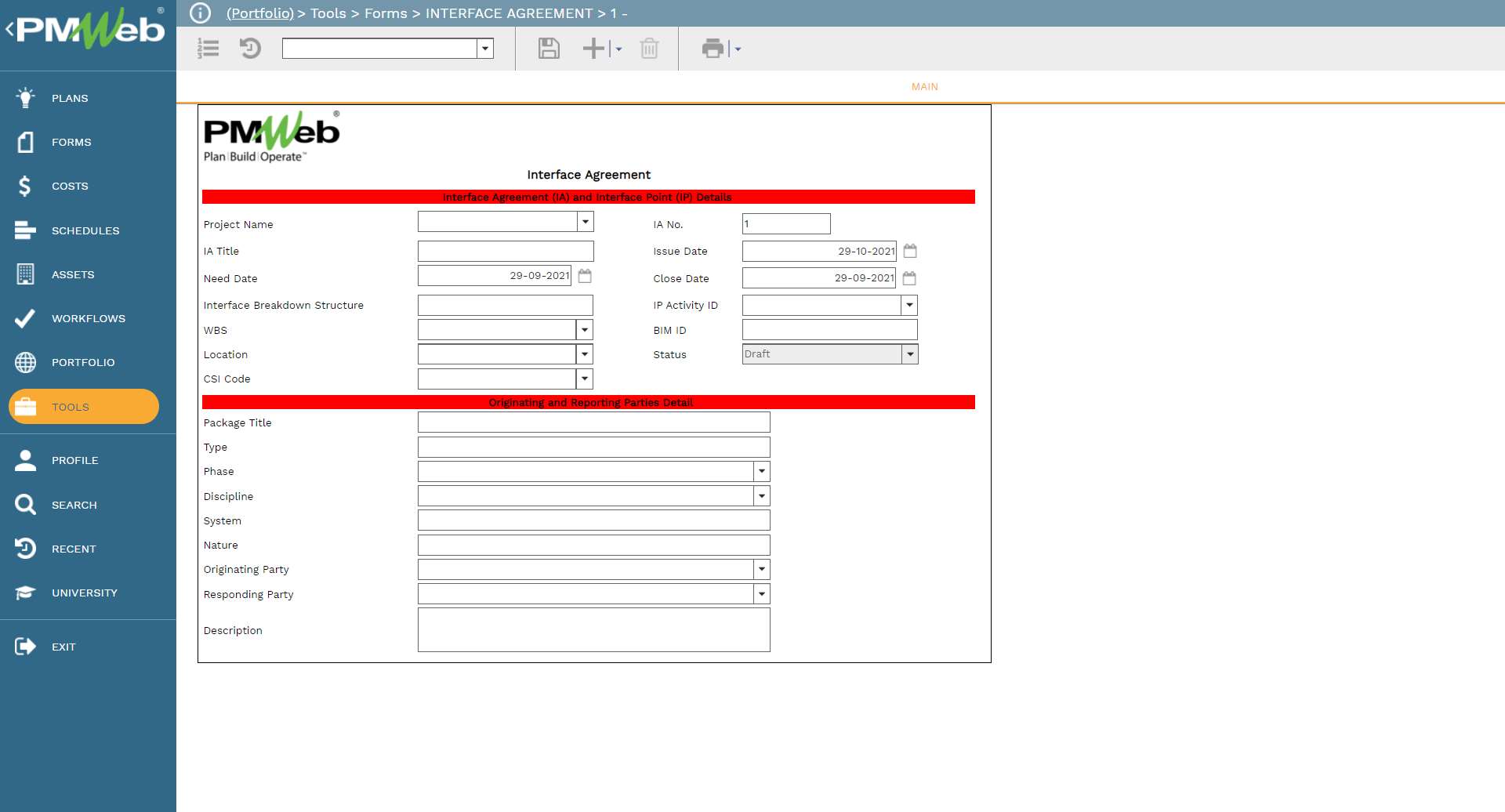
The information captured in the Interface Agreement form will be used by PMWeb to provide real-time monitor, evaluate and report on Interface Agreements for each specific project. The interface agreement dashboard layout can be designed in any desired form and format to meet the project’s reporting requirements. It can include visuals to summarize actions by status, originating party, responding party, WBS level, system, priority, phase or any other attribute used in the interface agreement form. In addition, it is possible to create a tabular that will provide a log of all interface agreements with the option to filter, group and sort those actions by status, originating party, responding party, WBS level, system, priority, phase or any other attribute used in the interface agreement form.
